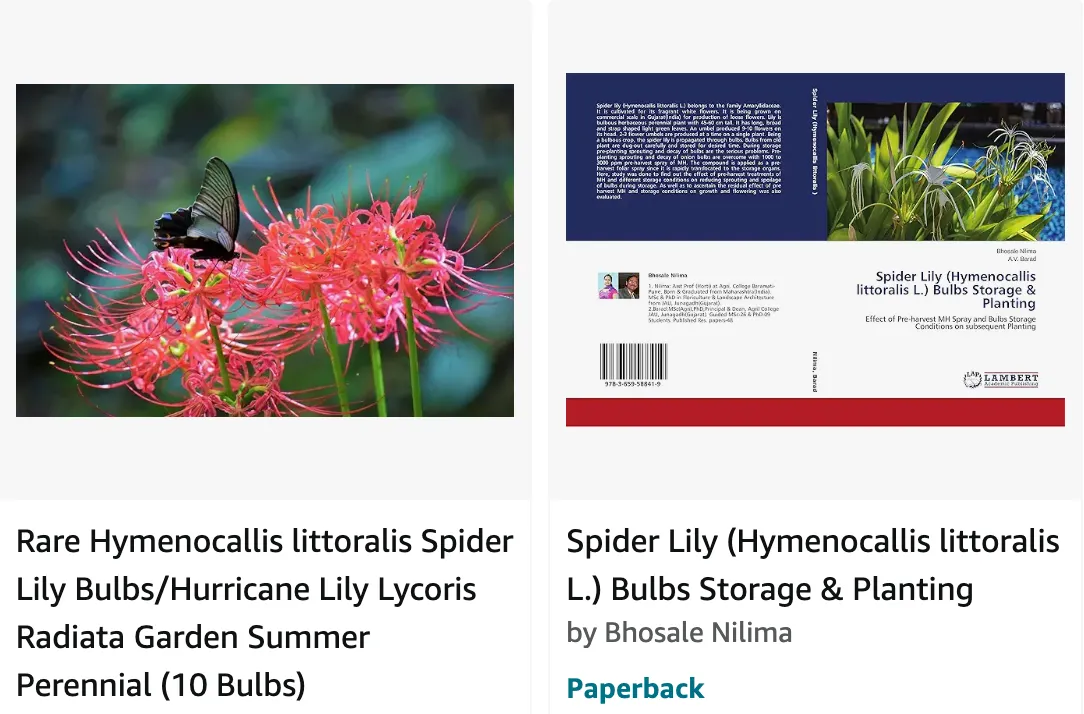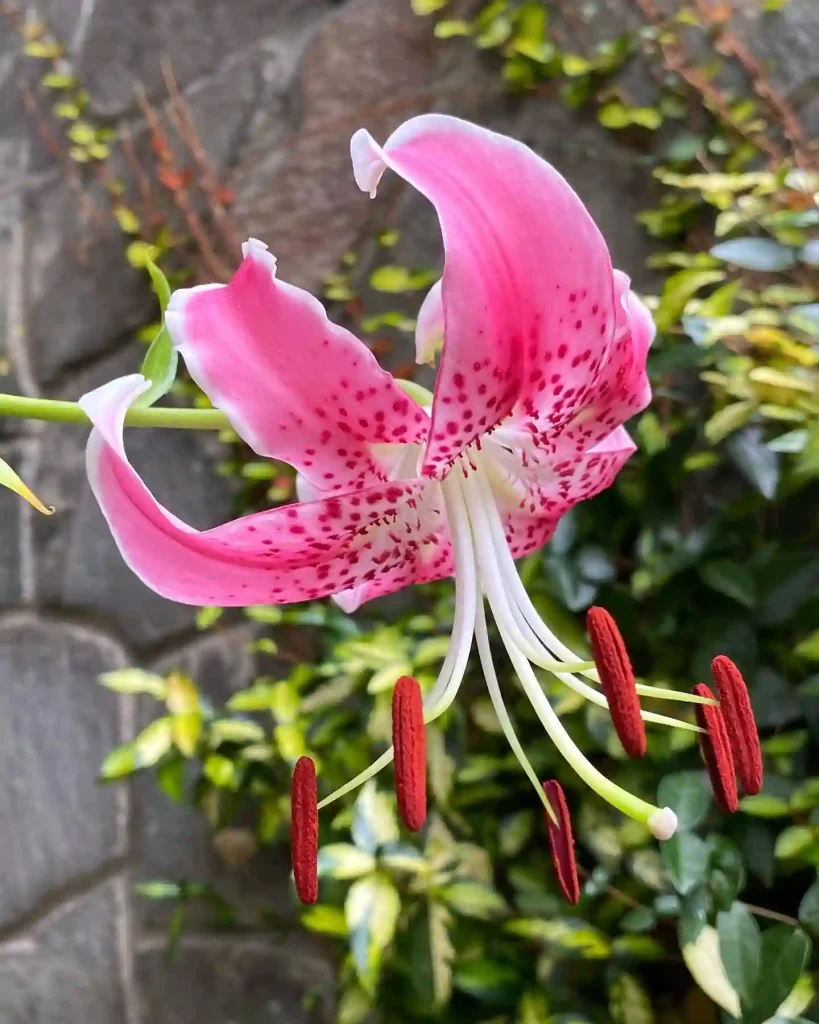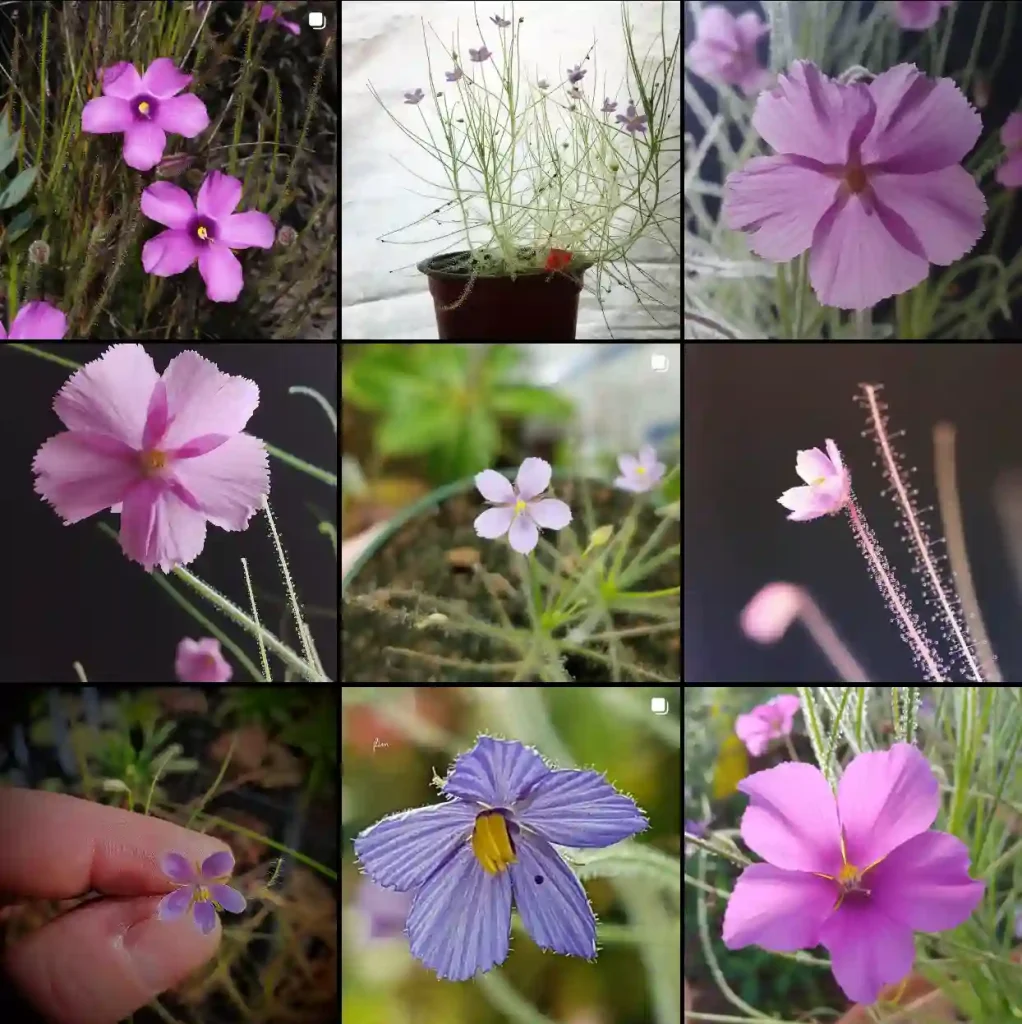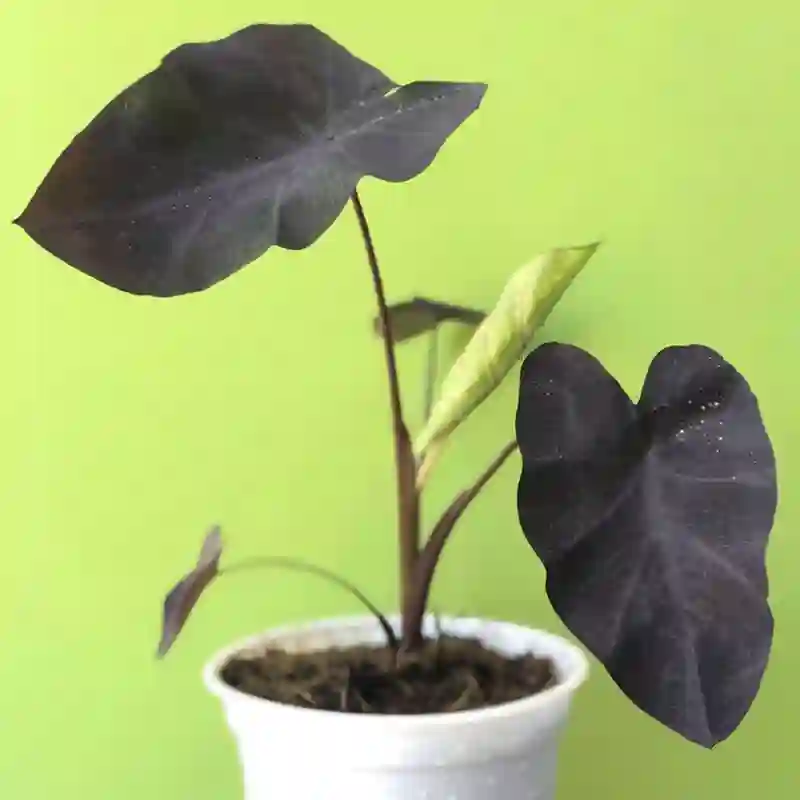
What is Hymenocallis Littoralis?
Hi everyone, Ferb Vu here! Today, we’re diving into the captivating world of Hymenocallis littoralis, also known as the Beach Spider Lily. This exotic bulbous beauty has stolen the hearts of gardeners worldwide with its unique, spidery blooms and intoxicating fragrance. Whether you’re a seasoned green thumb or a curious newcomer, this FAQ will equip you with everything you need to know about cultivating and appreciating this captivating plant.
66 Species in Genus Hymenocallis
What Makes the Beach Spider Lily Special?
The Beach Spider Lily boasts a truly mesmerizing appearance. Imagine long, slender, white petals gracefully arching outwards, resembling delicate spider legs. These petals are further accentuated by a crown of prominent stamens, delicately webbed together by a white membrane. This unique structure and its sweet, often described as vanilla-like, fragrance create a truly captivating spectacle in any garden.
How Does the Beach Spider Lily Differ from True Spider Lilies?
While the name suggests a connection, the Beach Spider Lily isn’t related to the more common True Spider Lily (Lycoris squamigera). Here’s a quick breakdown of the key differences:
- Bloom Time: Beach Spider Lilies grace us with their blooms from mid-summer to late autumn, whereas True Spider Lilies typically flower in late summer or early fall.
- Leaf Structure: Beach Spider Lilies have long, strappy, evergreen leaves, while True Spider Lilies have a dormant period and lose their leaves before flowering.
- Light Preference: Beach Spider Lilies thrive in full sun to partial shade, while True Spider Lilies prefer full sun.
- Climate: Beach Spider Lilies are more sensitive to frost and require protection in colder climates. True Spider Lilies are generally more cold-hardy.
Can I Grow a Beach Spider Lily Indoors?
Absolutely! Beach Spider Lilies can be successfully grown in containers, making them ideal for balconies, patios, or even sunny windowsills. Just ensure they receive enough sunlight (around 6 hours daily) and well-draining potting mix. During the winter months, bring your potted Beach Spider Lily indoors to a warm, frost-free location.
How Do I Care for My Beach Spider Lily?
Here’s the good news: Beach Spider Lilies are relatively low-maintenance plants. Here’s a quick rundown on their needs:
- Watering: Water regularly during the growing season, allowing the top inch of soil to dry out between waterings. Reduce watering frequency in winter, especially for container plants.
- Soil: Opt for well-draining, fertile soil. You can amend your existing soil with sand or perlite to improve drainage.
- Fertilizer: Apply a balanced fertilizer once every 2-3 months during the growing season.
- Light: Provide your Beach Spider Lily with at least 6 hours of sunlight daily, either outdoors or indoors under a grow light.
How Often Does the Beach Spider Lily Bloom?
Established Beach Spider Lilies can reliably bloom year after year, typically producing multiple flower stalks throughout their blooming season.
How Do I Propagate Beach Spider Lily Plants?
There are two main methods for propagating Beach Spider Lilies:
- Division: During the dormant period (typically winter), you can carefully divide the bulbs and replant them in separate pots or locations.
- Seeds: While less common, Beach Spider Lilies can be propagated from seeds. However, this method requires patience, as it may take several years for seedlings to mature and flower.
Does the Beach Spider Lily Have Any Pests or Diseases?
Beach Spider Lilies are generally quite resistant to pests and diseases. However, they can be susceptible to mealybugs and fungal diseases under poor growing conditions. Regularly inspect your plants and address any problems promptly.
Where Can I Find Beach Spider Lily Bulbs?
Beach Spider Lily bulbs can be purchased online from reputable plant retailers or found at specialty garden centers.
I hope this FAQ has enlightened you about the captivating Beach Spider Lily. With its unique beauty, delightful fragrance, and relatively easy care requirements, this plant is sure to become a cherished addition to your garden. If you have any further questions, feel free to leave a comment below, and happy gardening!
If i die, water my plants!



